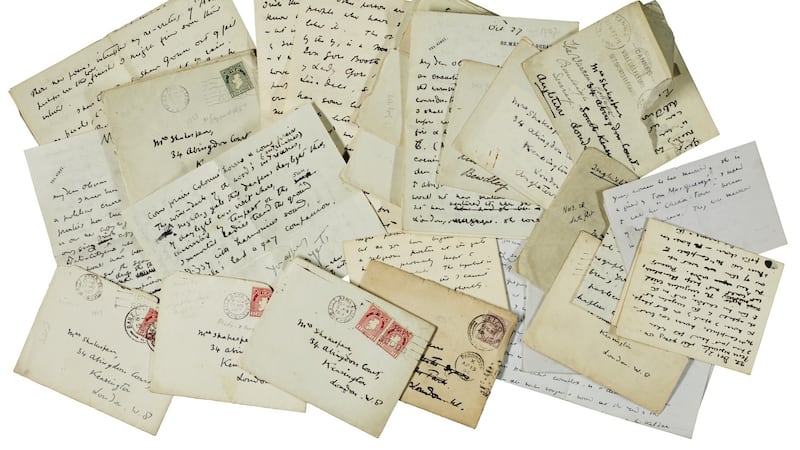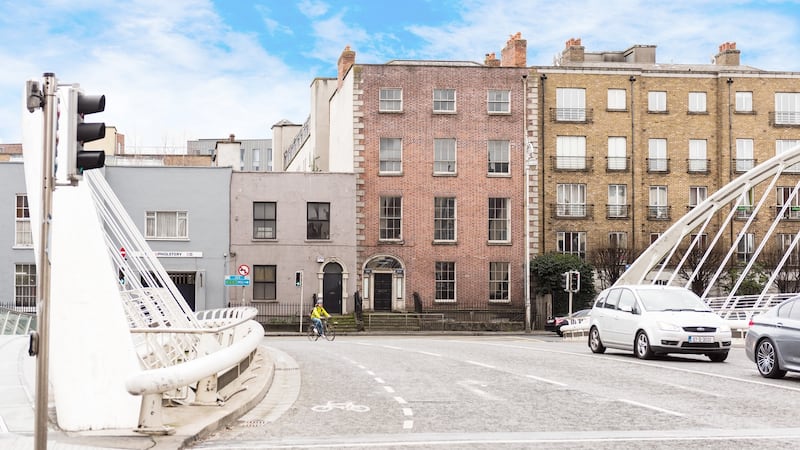Sitting here in Dunedin, sheltered from a day of Irish-style rain, I prepare to give a lecture on the future of Irish studies to the University of Otago’s Centre for Irish and Scottish Studies. My thoughts return to Dublin and to Yeats and Joyce, arguably the 20th century’s greatest poet and novelist. Without them Ireland and Irish studies would be considerably diminished.
For all the international success of our current crop of writers, none blazes a global trail that can compete with either Yeats or Joyce as writers whose works had a worldwide impact that changed literature forever.
Looking back in Dublin it is hard not to conclude that indifference and ambivalence towards these two great figures of world literature continue to reign, especially in official circles. Is it that Yeats was Anglo-Irish or that Joyce chose exile and that both were such damning critics of the new Irish State? Today, this Irish Government appears to believe its own propaganda that Ireland is a cultural superpower that punches above its weight around the world.
While I understand that the demands on the greasy till are many, to invest in Yeats and Joyce is to invest in writers who did and do so much to show who we are
Not only is Ireland a great little country to do business in but it is also, we are told, the envy of the modern world for its writers and the arts in general. And therefore the country can use Yeats, Joyce, Beckett and Heaney as its calling cards and bask in the glow of these writers while doing little to bolster their memory or to preserve the very places they portrayed to the world so extraordinarily in their writing. The survival of much of this cultural heritage is entirely dependent on private citizens banding together and filling an institutional vacuum.
Thus, the Joyce Tower out in Sandycove, having been closed down in 2012 by Fáilte Ireland, is now kept open 365 days a year only thanks to the group of volunteers known as the Friends of the Joyce Tower Society. Down in Galway, Yeats’s Tower – Thoor Ballylee – has had an even more rocky time of it in recent years. Fortunately, it was recently leased from Fáilte Ireland by a local community group, the Yeats Thoor Ballylee Society so that it could be properly repaired and developed (mostly through private donations).
Before the month is out it the extraordinary Yeats family collection will follow in the footsteps of a large Flann O’Brien collection sold off earlier in the year by Fonsie Mealy Auctioneers and be broken up and auctioned by Sotheby’s to the highest bidder. The Irish State was given “first right of refusal” on this collection but chose only to buy some letters from Joyce for the National Library (the Yeats family also presented the library with the poet’s 1923 Nobel medal and citation in return for a substantial tax break). Now there will be a sale of the remaining cultural artefacts belonging to the entire Yeats family that will be on a scale that will not be seen again in Ireland.

A vast and extraordinarily intimate collection of materials, including many paintings by John B Yeats of his four children, and the self-portrait that he was working on when he died in 1922, will be auctioned off along with works by Jack B Yeats (as well as personal effects such as his palette and his collapsible silk top hat). Not to mention WB Yeats’s own writing desk and 130 of his handwritten letters to his first lover, Olivia Shakespear.
The best-case scenario is that these family jewels, which are also Irish national treasures worth approximately €2 million, will be purchased as a single lot by a university in the United States that will know how to preserve and treasure them. Those interested will eventually be able to take the handy trip to Texas or Tulsa or Indiana in order to visit and study them. It is equally possible that the collection be broken up and fall into private hands, never to be seen again.
At the same time “the dark gaunt house on Usher’s Island” that provides the setting for Joyce’s greatest short story, The Dead, is up for sale and yet another piece of Joyce’s Dublin is at risk. Have we learned nothing in the 50 years since 7 Eccles Street, fictional home to Leopold and Molly Bloom, was torn down having been let to fall into dereliction and ruin? Or in the 20 years since 2 Millbourne Avenue, Drumcondra, one of Joyce’s many boyhood homes and a major location in A Portrait of the Artist as a Young Man – where the Dedalus family sings Oft’ in the Stilly Night – was illegally demolished in 1998?
Scholars from around the globe study Irish writing and expect to encounter the bricks and mortar, the very fabric of Joyce's Dublin when they visit
At an asking price of approximately €500,000 is it too much to expect the State, the Department of Culture or Dublin Corporation to step up and buy Joyce’s house of The Dead and preserve it for the public good? Literary pilgrims from all around the world travel to Dublin in order to visit places of such cultural significance. Scholars from around the globe study Irish writing and expect to encounter the bricks and mortar, the very fabric of Joyce’s Dublin when they visit. Instead they find themselves being led on a phantasmagorical walking tour of long-since demolished Joyce sights while the Yeats manuscripts, paintings and artefacts that could be the centrepiece of a permanent exhibition will shipped off and into private collections around the four corners of the globe.

It seems that little has changed since the Hugh Lane Collection debacle saw that great hoard of painting being refused a home in Dublin (to Yeats’s enormous regret).
While I understand that the demands on the greasy till are many, to invest in Yeats and Joyce is to invest in writers who did and do so much to show who we are, where we came from, and where we might be heading as a people and as a society. A word from the Government, which drops our writers’ names at every turn, would, at the very least, be opportune. Its silence on these subjects, in the meantime, is as deafening in faraway Dunedin as it is in dear dirty Dublin.
- John McCourt is Professor of English at the University of Macerata. He has just co-edited Flann O'Brien: Problems with Authority, with Paul Fagan and Ruben Borg












